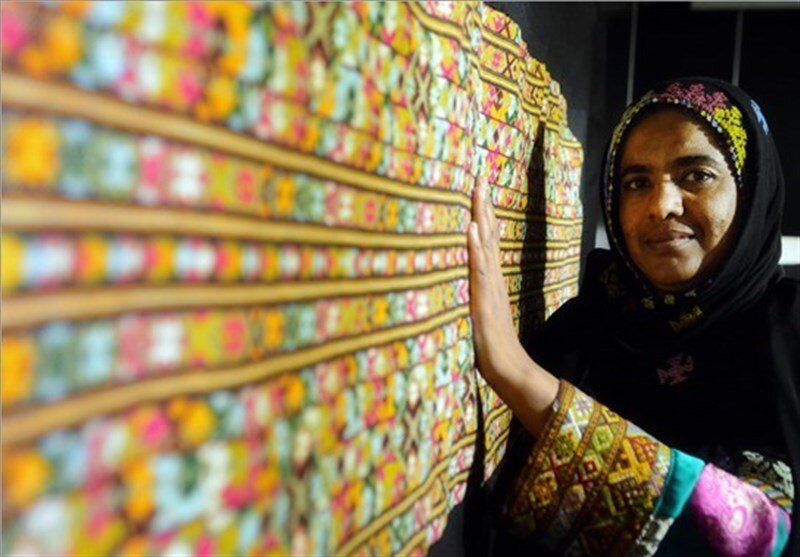Iranian artisans showcase skills at Expo 2024
Tens of Iranian craftspeople showed off their skills as a marketing opportunity at the 6th International Export Potential Exhibition of the Islamic Republic of Iran (Iran Expo 2024), which was held in Tehran from April 27 to May 1.

Tens of Iranian craftspeople showed off their skills as a marketing opportunity at the 6th International Export Potential Exhibition of the Islamic Republic of Iran (Iran Expo 2024), which was held in Tehran from April 27 to May 1.
Enameling, marquetry, turquoise inlaying, woodcarving, hand-woven carpets, traditional jewelry, and ornaments were among the wide array of artistic disciplines and traditional crafts offered at the event.
Maryam Jalali, the deputy minister for handicrafts, while visiting the Gilan province’s booth, emphasized the expo’s potential for accessing global markets, stating that the value chain of this year’s edition is closely related to handicrafts.
Gilan, with rich assets such as UNESCO recognitions for Chador-Shab weaving, and Hyrcanian forests, can contribute significantly to the identity formation of value chains, she said.
Jalali stated: More than 27,000 artisans are currently engaged in 42 handicraft fields in Gilan, and seven cities and villages in the province have been introduced as national and international brands for handicrafts.
Some crafters exhibited superior quality at the event held at Tehran Permanent International Fairgrounds, while Hall 25 was dedicated to handicrafts. Furthermore, several booths arranged live workshops where artisans engaged in crafting or producing handicrafts.
In addition, Ali-Asghar Shalbafian, the deputy minister for tourism, paid a visit to the Expo, saying the organization of this expo is important, despite tourism having the smallest share in it. He considered the expo crucial for conveying a secure and realistic image of Iran to foreign traders and merchants.
Some 2,000 traders and businessmen from 85 different countries participated in the event that covered major groups of commodities, including the food industry, agriculture and fisheries, handwoven carpets, handicrafts and tourism, medicine, medical equipment, and chemical products, the construction industry, technical and engineering services, and also the petrochemical group.
Promoting trade and economic relations with other countries, fostering domestic production, propelling the private sector's business environment onto the international stage, and fostering new trade and economic dialogues with various countries have been highlighted as the primary objectives of hosting the exhibition.
At present, a selection of 13 cities and three villages in Iran have been registered by the World Council of Handicrafts as “world cities of handicrafts”.
